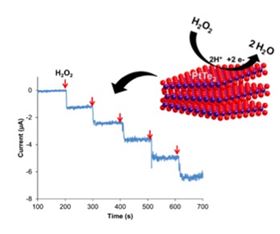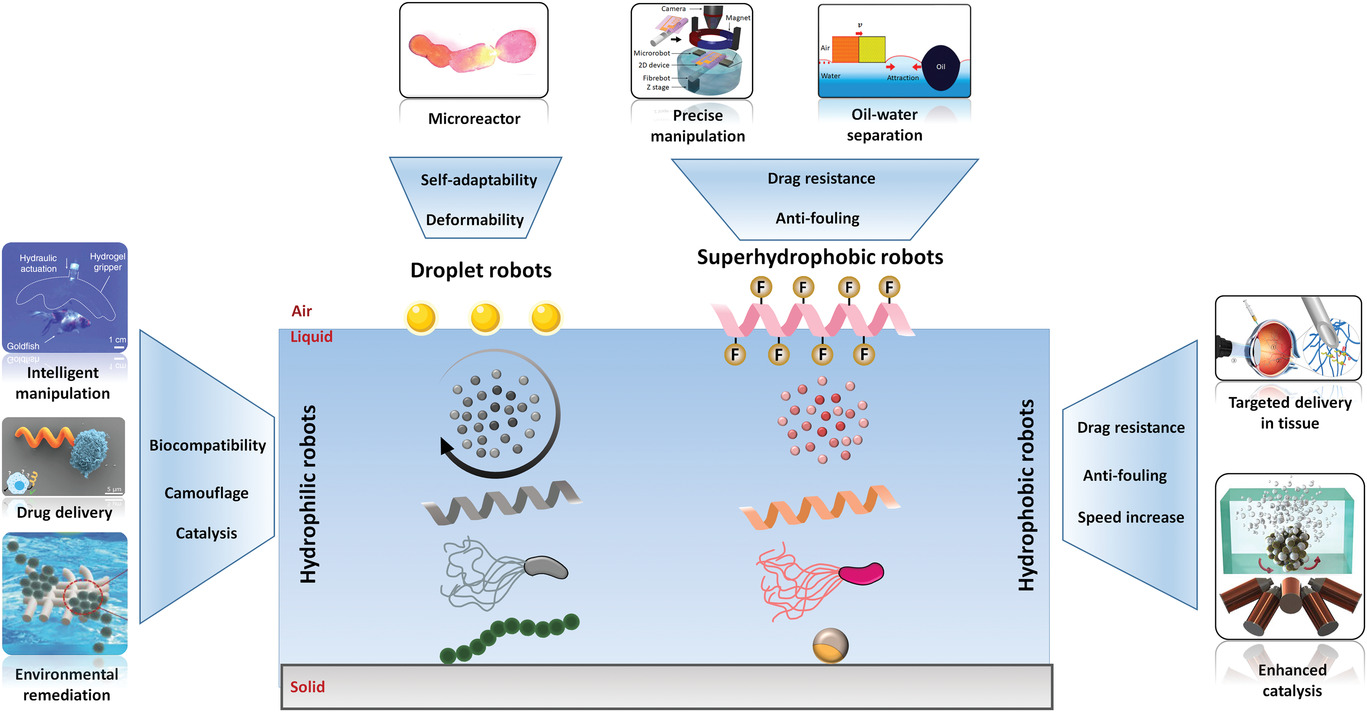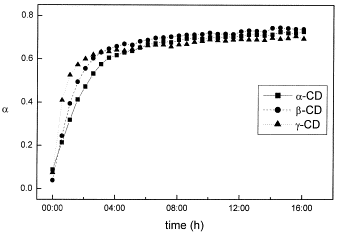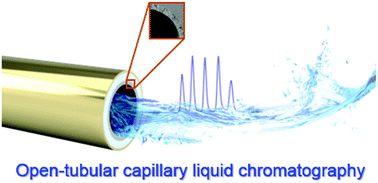paper archives
Stay hungry, stay foolish. You are as good as your last paper.
Strong dependence of fluorescence quenching on the transition metal in layered transition metal dichalcogenide nanoflakes for nucleic acid detection
- Adeline Huiling Loo, Alessandra Bonanni, Martin Pumera*

In recent years, the application of transition metal dichalcogenides for the development of biosensors has been receiving widespread attention from researchers, as demonstrated by the surge in studies present in the field. While different transition metal dichalcogenide materials have been employed for the fabrication of fluorescent biosensors with superior performance, no research has been conducted to draw comparisons across materials containing different transition metals. Herein, the performance of MoS2 and WS2 nanoflakes for the fluorescence detection of nucleic acids is assessed. It is discovered that, at the optimal amount, MoS2 and WS2 nanoflakes exhibit a similar degree of fluorescence quenching, at 75% and 71% respectively. However, MoS2 nanoflakes have better performance in the areas of detection range and selectivity than WS2 nanoflakes. The detection range achieved with MoS2 nanoflakes is 9.60-366 nM while 13.3-143 nM with WS2 nanoflakes. In the context of selectivity, MoS2 nanoflakes display a signal difference of 97.8% between complementary and non-complementary DNA targets, whereas WS2 nanoflakes only exhibit 44.3%. Such research is highly beneficial as it delivers vital insights on how the performance of a fluorescent biosensor can be affected by the transition metal present. Furthermore, these insights can assist in the selection of suitable transition metal dichalcogenide materials for utilization in biosensor development.










